50 pages • 1 hour read
Nathaniel HawthorneThe Blithedale Romance
Fiction | Novel | Adult | Published in 1851A modern alternative to SparkNotes and CliffsNotes, SuperSummary offers high-quality Study Guides with detailed chapter summaries and analysis of major themes, characters, and more.
Background
Literary Context: Hawthorne’s Romance Genre
While medieval romances dealt with heroic adventures and celebrated chivalric ideals popular from the 12th-14th centuries, Hawthorne considered his long narratives “romances” and believed that they differed from contemporary novels. By naming his longer books “romances,” Hawthorne hoped to create a new genre of literature that harkened back to the medieval form while simultaneously freeing him from the conventions of the 19th-century novel.
Hawthorne defined novels as works that needed to be realistic and probable, containing stories and events that could occur in everyday life. Romances, however, dealt not with possible happenings but, as Hawthorne noted, with the “truth of the human heart” (Arac, Jonathan. “Hawthorne and the Aesthetics of American Romance.” 28 July 2011, p. 135). Authors of romances, therefore, were free to invent situations that might be improbable in real life as long as they presented truths about humanity. Hawthorne’s The Scarlet Letter, for instance, while set in the Puritan world of New England, wasn’t meant to teach historical facts or present a probable picture of Puritan culture. Instead, the work was meant to get to deeper human truths. The Blithedale Romance, likewise, classifies as a “romance” because it explores how people feel and engage with each other; the work wasn’t intended to offer a factual or historical picture of the Blithedale Community (modeled after Brook Farm, an experimental society where Hawthorne lived for a time) or its inhabitants.
Related Titles
By Nathaniel Hawthorne

Dr. Heidegger's Experiment
Nathaniel Hawthorne

Ethan Brand
Nathaniel Hawthorne

My Kinsman Major Molineux
Nathaniel Hawthorne

Rappaccini's Daughter
Nathaniel Hawthorne

The Ambitious Guest
Nathaniel Hawthorne

The Artist of the Beautiful
Nathaniel Hawthorne
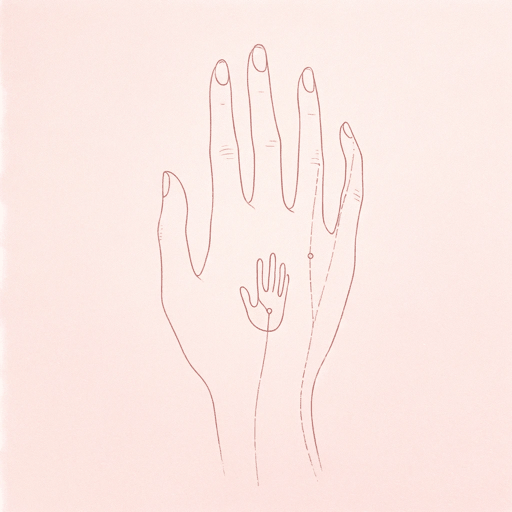
The Birthmark
Nathaniel Hawthorne
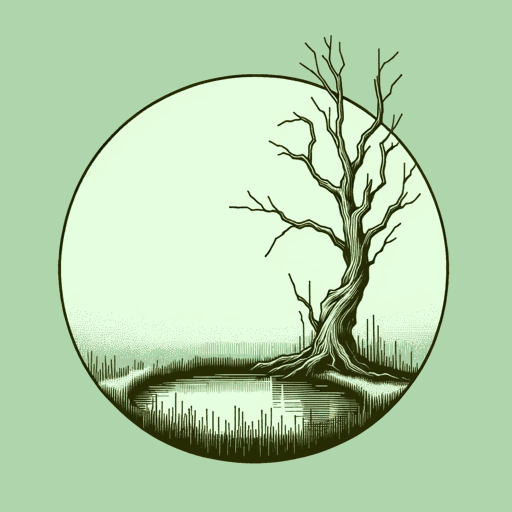
The Hollow of the Three Hills
Nathaniel Hawthorne
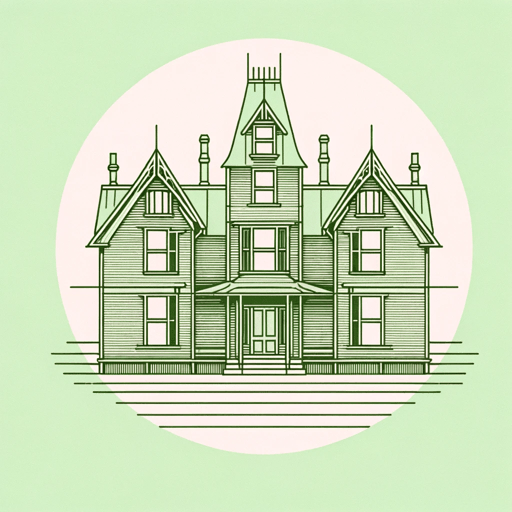
The House of the Seven Gables
Nathaniel Hawthorne

The Marble Faun
Nathaniel Hawthorne
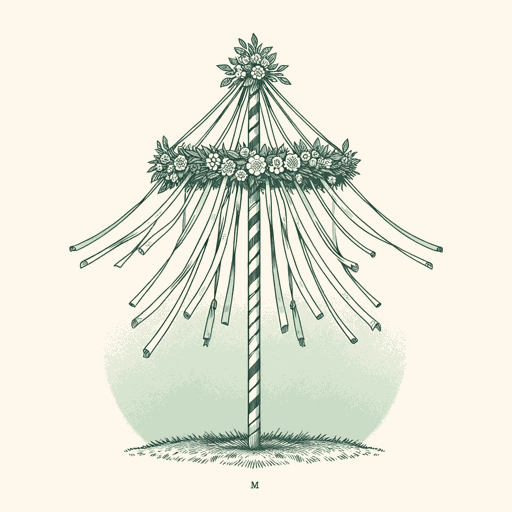
The Maypole Of Merry Mount
Nathaniel Hawthorne
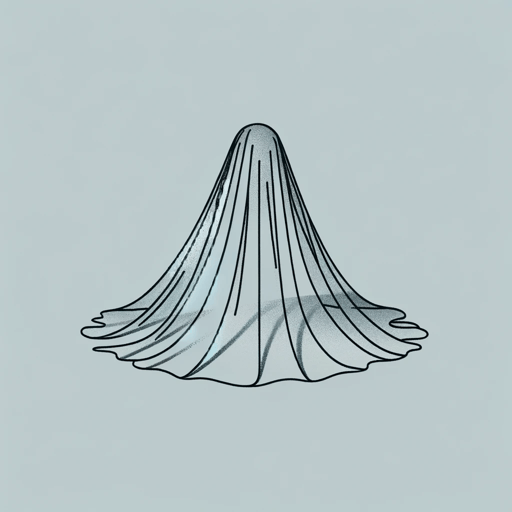
The Minister's Black Veil
Nathaniel Hawthorne

The Scarlet Letter
Nathaniel Hawthorne

The Wives of the Dead
Nathaniel Hawthorne

Young Goodman Brown
Nathaniel Hawthorne

